Zoysia on putting greens? Why?
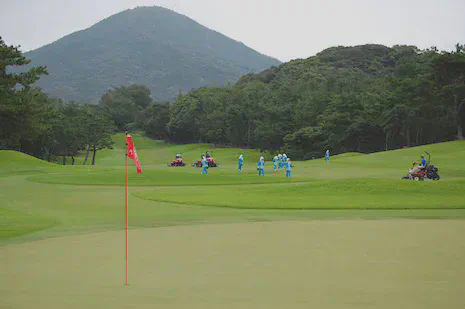
Why would one deliberately use manilagrass (Zoysia matrella, or korai in Japan) on golf course putting greens? If one would grow bermuda (Cynodon) and korai side by side, and give them the same maintenance, the ball will roll better — smoother, and farther — on the bermuda than on the korai. One can manage korai to get an impressively smooth roll, as seen here, but overall one will see a smoother roll on bermuda than on korai.
So why, then, are there hundreds of golf courses in East and Southeast Asia with korai greens? It has to do with climate. The 2014 KBC Augusta tournament was held at Keya Golf Club in Fukuoka during the last week of August. Keya has noshiba (Zoysia japonica) rough and korai greens, tees, and fairways. Zoysia everywhere. And the conditions there make a good explanation of why one might prefer korai over bermuda.
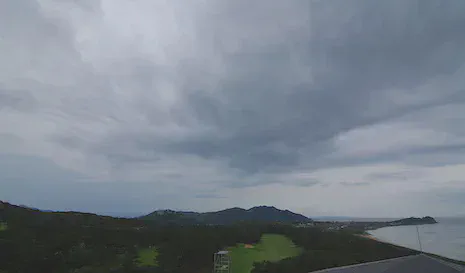
There is considerably less sunshine in East and Southeast Asia compared to locations in the United States and Europe where warm-season grasses are grown. Even so, August 2014 had especially low sunshine in Fukuoka. The closest weather station to Keya GC with sunshine data is Maebaru.
During August 2014, there were 75.5 hours of sunshine at Maebaru. Sunshine duration is the time during which the direct solar irradiance is greater than 120 watts per square meter. That’s an average of 2.4 hours of sunshine per day during August. And there were a full 8 days in August in which no sunshine was recorded. That is, the direct solar irradiance never exceeded 120 watts per square meter.
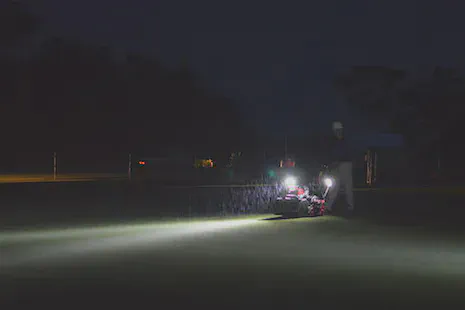
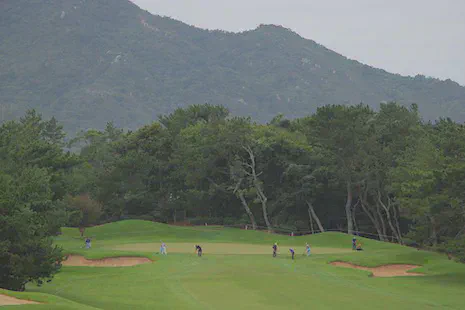
That relative lack of light for photosynthesis does not take into account the further shading caused by trees. As at most golf courses, many of the greens and other highly-maintained turf areas at Keya sit close to large trees.
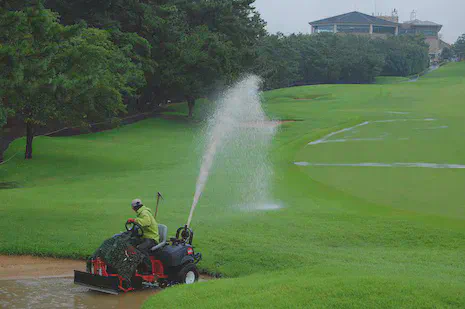
During the tournament week, there was some sunshine and plenty of clouds and rain. There were an average of 2.6 hours of sunshine per day during the tournament week itself, and rain fell on 4 of the 7 days during tournament week, for a total of 52.5 mm (at Maebaru).
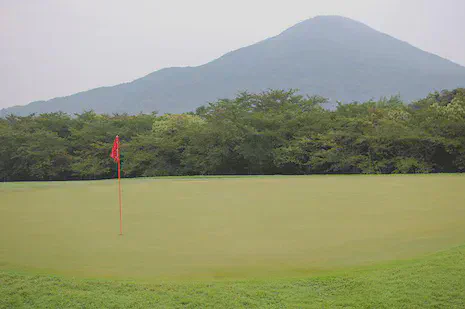
In these conditions, with such a low amount of sunshine, korai grows pretty much close to normal. Sure, it might be a little better if the sun were shining, but the relatively low light requirement of korai allows it to be maintained aggressively even during the cloudiest and rainiest of weather.
To put this amount of sunshine — 2.4 hours per day on average at Maebaru during August 2014 — into perspective, that’s less than London on average in February (2.5 hours) or of my hometown of Portland, Oregon, during January (2.8 hours). Portland in January and London in February are not exactly bastions of sunshine.
Atlanta and Fukuoka are at a similar latitude. On average, there are 8.3 hours of sunshine per day in Atlanta during August. There were zero days in August 2014 with that much sunshine at the Fukuoka weather station.
The reason for choosing korai instead of bermuda in East and Southeast Asia is that korai doesn’t die. Imagine growing bermudagrass greens and trying to prepare them for a tournament when the amount of sunshine is less than London in February or Portland in January, or when not a single day for a month has as much sunshine as an average day in Atlanta.